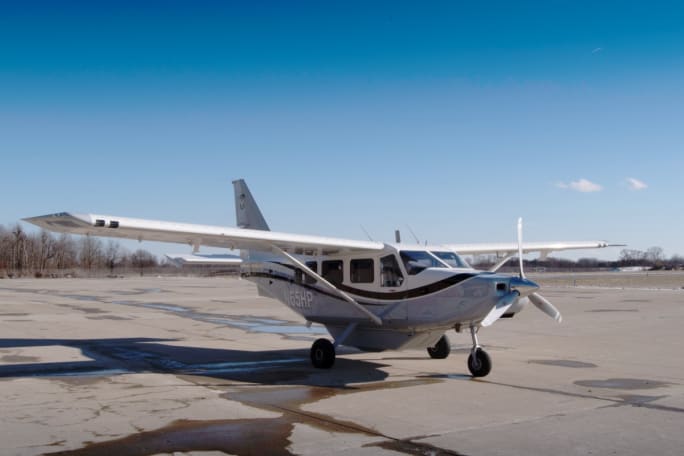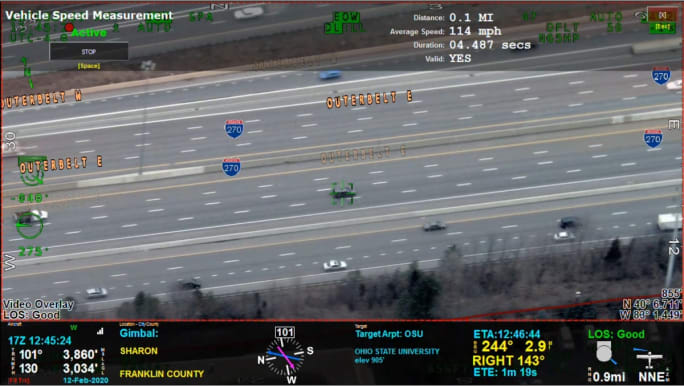Also, the stopwatch and hashmark method of noting vehicle speed cannot be done at night. The new VSM equipment can be used at night. Although the new VSMs can be used in the darkness, Cromer says currently they are only used at night for supporting evidence, such as noting reckless driving, and not for probable cause. He wants to make sure courts are good with the technology as it relates to daytime speeding enforcement first before it is used for such enforcement at night.
“We have tested it at night with the FLIR camera and we feel like that's going to make a big impact especially when we start talking about OVIs and things of that nature,” he says.
Getting Started
Cromer said the agency added the VSM equipment about three years ago and worked with it for eight months to a year to get comfortable with it before deployment. Testing was extensive and thorough.
“We’ve done well over 1,000 checks because when we called a lot of these other agencies, no one had really gone out and done a lot of testing to make sure the system works,” Cromer says. “We took an unmarked car, we put a radar in it, a GPS speed unit, and obviously the speedometer. So, we had three independent measurements of the speed of that vehicle.”
They first tested the accuracy on flat stretches of road and by flying the aircraft at different standoff distances, different altitudes, different orbits, and different configurations trying to get the system to fail or make errors. It did not. The testing next moved into more rural areas with hills and curves. Again, the system was accurate for enforcement use. In a few cases readings were just slightly off, but that actually is okay.















